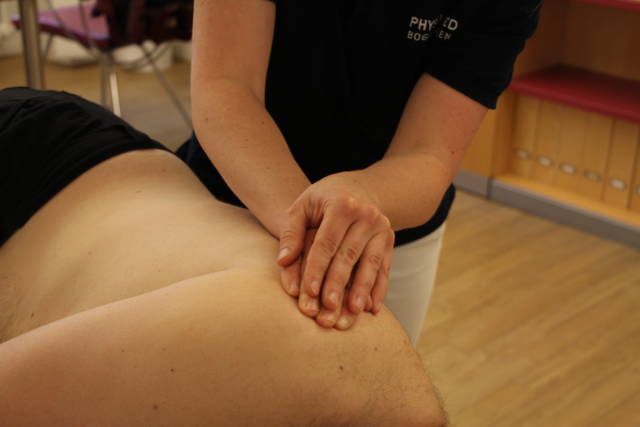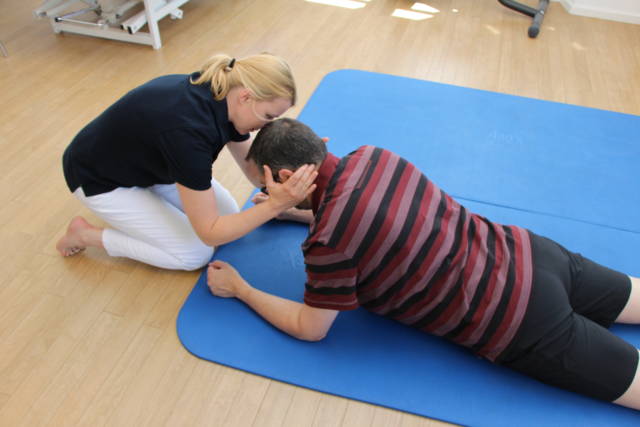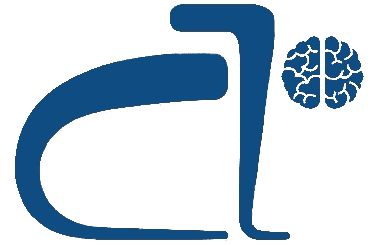I classify shoulder pain into two categories. Those appearing suddenly after an injury – shoulder dislocation, rotator cuff tendon rupture, fractures. Then the situation is clear – diagnostic imaging is carried out – X-ray, ultrasound, magnetic resonance. It is supplemented with an examination of the shoulder and it is decided whether to apply conservative or surgical treatment. In both cases the patient goes to a physiotherapist. The weakened muscles are strengthened, contractures are prevented, the shoulder is mobilised, etc.
The second category is pain that appears without a clear cause, over time. There are moments when it gets better, then worse, then better again, and finally there is pain, which gets worse at night. Inflammation develops in the shoulder – the rotator cuff tendons, the synovial bursa, the joint capsule and the biceps tendon may be involved.


In my experience, in this case you need to look at the patient more holistically. Consider not only the everyday movement that overloads the structures of the shoulder joint, but also the patient’s posture.
Very often, a round back, shoulder protraction, forward head position (computer) are the primary cause of overloading of the shoulder. And there is another culprit … the forgotten and not easy to train Serratus anterior muscle that sits in the shadow of others. :-) Maybe it is worth training it already now, preventively… :-)
